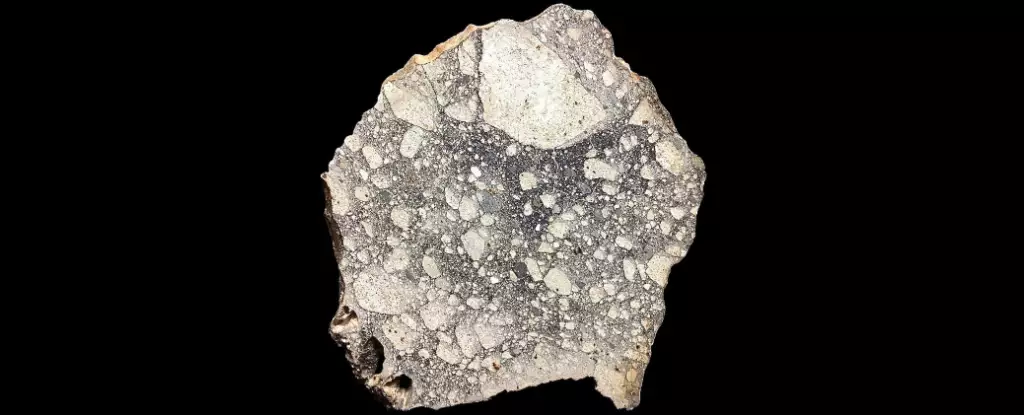The recent discovery of a meteorite in Africa, dating back an astonishing 2.35 billion years, marks a pivotal moment in planetary science. Unlike the more recent lunar samples collected by historic missions like Apollo, this meteorite provides an unprecedented glimpse into the Moon’s ancient volcanic activity. It challenges the traditional notion that the Moon’s internal heat—and consequently, its volcanic processes—faded out billions of years ago. Instead, this find suggests a prolonged geological lifespan, revealing that the lunar interior remained active much later than previously believed. Such revelations not only deepen our understanding of lunar evolution but also reshape theories of planetary differentiation and thermal evolution that underpin terrestrial planet science.
The significance of this meteorite, officially named Northwest Africa 16286, lies in its precise geochemical signature and age. It acts as a bridge connecting the ancient volcanic phases of the lunar past with more recent geological activity, filling in critical gaps. Science often relies on the delicate puzzle of broken pieces, and NWA 16286 might just be the missing part that completes the picture, offering insights into how the Moon’s volcanic engine persisted over billions of years—an insight that has profound implications for our comprehension of planetary development in the early Solar System.
Geochemical Tales from Deep Within the Moon
What makes this meteorite truly remarkable is its composition. Classified as olivine phyric basalt, it contains large crystals of olivine—an indicator of the rock’s fiery volcanic origins. Its chemical makeup paints a vivid story of deep lunar processes. The moderate titanium levels, combined with high potassium and an unusually elevated uranium-to-lead ratio, provide a geochemical fingerprint that traces the rock’s journey from deep within the Moon’s mantle. These markers imply ongoing heat-generating processes, likely fueled by radioactive decay, that kept the lunar interior molten for much longer than scientists had previously acknowledged.
This suggests that the Moon’s internal heat was not simply a brief phase following its formation but persisted through multiple phases, powering volcanic activity across a vast span of lunar history. The implication is that the lunar thermal regime was more dynamic and complex, involving sustained radioactive heating and possibly other heat retention mechanisms. Such a realization forces planetary scientists to reconsider standard thermal models and explore new hypotheses about how small terrestrial bodies retain heat.
Serendipitous Discovery and Its Scientific Promise
Meteorites like NWA 16286 are invaluable precisely because they originate from impacts occurring anywhere on the lunar surface, offering a kind of planetary sampling that is difficult—and expensive—to replicate through space missions. The serendipity of this meteorite’s fall to Earth grants scientists a rare chance to study lunar material without the logistical and financial burdens of lunar landings. As Dr. Joshua Snape from the University of Manchester emphasizes, these space rocks can unlock lunar secrets from a global perspective, rather than being limited to the select landing sites of specific missions.
However, extracting chronological data is not without its challenges. The impact event that ejected the meteorite from the Moon’s surface also subjected it to shock, creating melted veins and glassy pockets that complicate age dating. Despite this, researchers estimate its age with a margin of error of around 80 million years. This precision, while not perfect, is sufficient to confirm that lunar volcanic activity persisted well into the distant past—longer than previous samples have suggested.
This discovery underscores a broader truth: not all scientific breakthroughs require complex and costly missions. Sometimes, the universe offers its most profound insights in the form of meteorites—tiny messengers from distant worlds—retelling stories that challenge and expand our understanding of planetary formation, evolution, and thermal history. This meteorite, with its ancient roots, invites us to reevaluate the timeline of lunar activity and underscores the importance of continued collection and examination of extraterrestrial rocks. Through them, we may yet unlock the mysterious, enduring vitality of our celestial neighbor.

